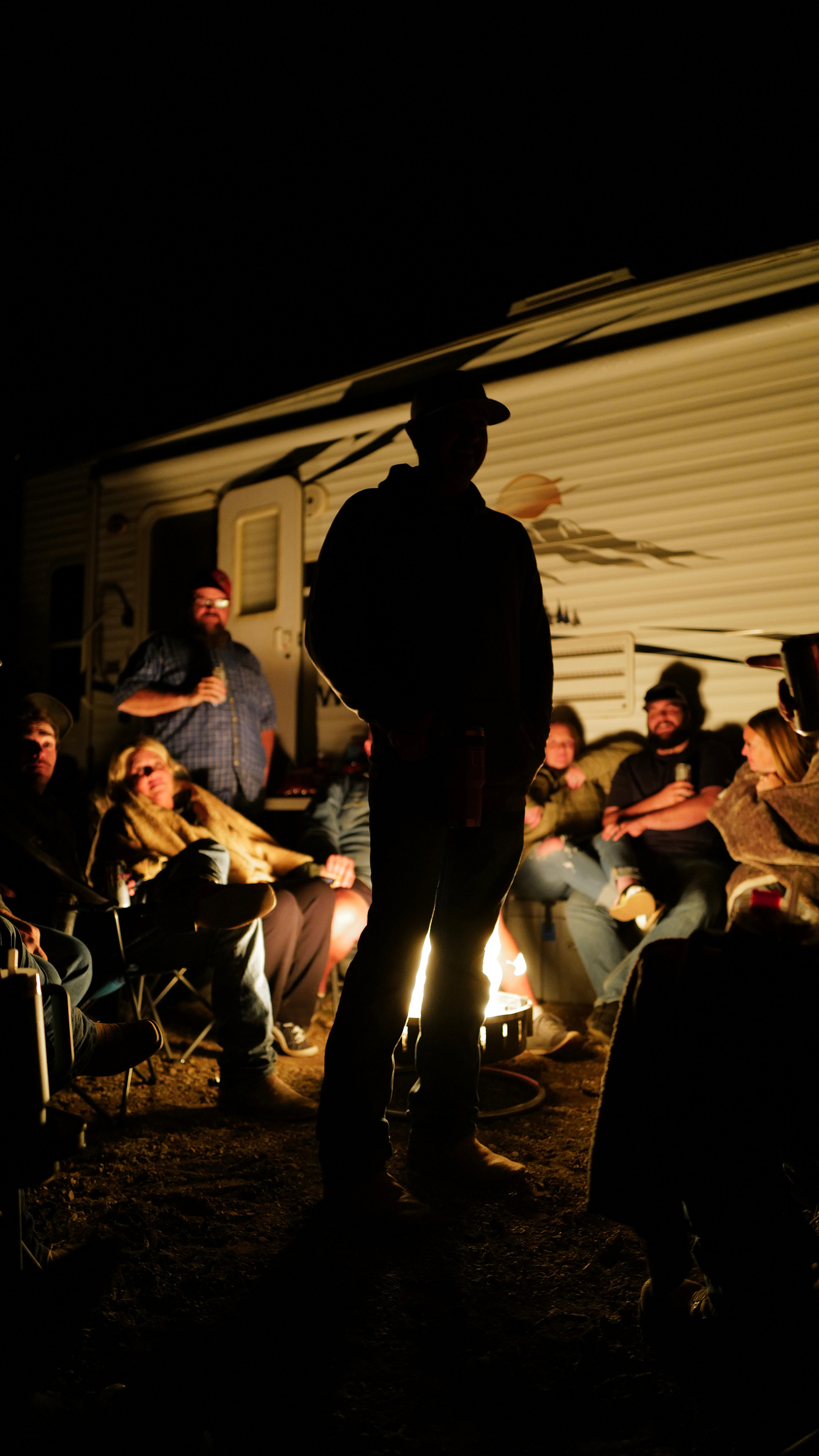Why Resolutions Fail
Every January, millions of people vow to turn their lives around. “This year, I’ll get in shape.” “I’ll spend less and save more.” “I’ll quit bad habits.” Yet by February, those resolutions often fade, leaving people feeling frustrated and defeated. It’s not that the goals themselves are wrong—it’s that resolutions tend to target symptoms, not the root cause. They focus on what you want to do, not who you want to be.
The problem lies in their foundation. Resolutions are fragile because they rely on willpower alone, ignoring the realities of human nature and the unpredictability of life. A single bad day, a moment of weakness, and the whole plan crumbles.
The Psychological Fallacies of Resolutions
Resolutions often fail not because of a lack of effort, but because they’re built on flawed psychological frameworks. Two of the most common traps are outcome bias and present bias, both of which sabotage our ability to create lasting change.
Outcome Bias: Chasing the Wrong Reward
Outcome bias is the mistaken belief that achieving a specific goal will lead to happiness, confidence, or fulfillment. We think, “If I lose 20 pounds, I’ll feel good about myself.” Or, “Once I hit that savings goal, I’ll finally feel secure.” But here’s the hard truth: external outcomes rarely deliver the internal peace we’re seeking.
This bias leads to a kind of destination addiction, where we convince ourselves that happiness is just one more accomplishment away. But even if you achieve the goal, the satisfaction is fleeting. Without a deeper framework to guide your life, the next challenge or setback can send you spiraling. Goals are important, but they have to be anchored to a larger sense of purpose.
Present Bias: The Comfort Trap
Then there’s present bias—the tendency to prioritize immediate comfort over long-term rewards. It’s why so many resolutions fall apart within weeks. You set a goal to wake up at 5 a.m. for a workout, but when the alarm goes off, your mind whispers, “Just one more hour of sleep won’t hurt.” You plan to save money, but that impulse purchase suddenly feels like a necessity.
Present bias tricks us into believing that small moments of comfort won’t derail our progress, but over time, these small decisions accumulate. Without a stronger framework, we’re left chasing short-term ease at the expense of long-term growth.
The Fallacy of All-or-Nothing Thinking
Another common pitfall is all-or-nothing thinking. When we break a resolution—miss a workout, slip on a diet, overspend—it’s easy to think, “I’ve already failed, so why bother?” This perfectionist mindset ignores the reality that growth is messy and nonlinear. Every stumble becomes an excuse to quit, rather than an opportunity to learn and recommit.
Why These Fallacies Matter
These biases reveal why resolutions, on their own, aren’t enough. They focus on isolated behaviors rather than addressing the deeper habits and mindsets that shape our actions. To create lasting change, we need more than willpower—we need a framework that accounts for human nature, one that aligns our actions with our values and identity.
A personal code offers that framework. It transforms resolutions from fleeting promises into meaningful commitments, grounded in the kind of person you want to become.
The Identity Shift That Lasts
True, lasting change isn’t about setting goals; it’s about shifting your identity. Resolutions say, “I’ll try to save money.” A code says, “I am someone who values financial discipline.” Resolutions say, “I’ll start going to the gym.” A code says, “I am someone who prioritizes my health.”
When you adopt a code, you’re not just working toward a goal—you’re defining who you are and how you show up in the world. This shift transforms actions into habits, and habits into a way of life.
Why a Code Works Where Resolutions Fail
A resolution gives you a destination. A code gives you a compass. Resolutions are static—they rely on perfect conditions to succeed. A code is dynamic—it adapts to life’s inevitable storms, keeping you anchored in your principles even when circumstances change.
In the West, life can be harsh and unforgiving. The cowboys and pioneers of old lived by a code because survival depended on it. Courage, integrity, and resilience weren’t just virtues—they were necessities. Today, our challenges are different, but the need for a guiding code remains.
A personal code acts as your North Star, offering clarity and direction when life feels overwhelming. It’s not about perfection; it’s about progress. It’s about showing up, day after day, with intention and purpose.
Crafting Your Code
Building your own code starts with reflecting on what truly matters to you. What values do you want to embody? What kind of person do you want to become? Once you identify these principles, they become your foundation. From there, it’s about living them daily—through small, consistent actions that align with your greater vision.
Celebrate the Journey
The beauty of living by a code is that it’s not about the destination; it’s about the journey. Each small win, each step forward, is a reminder of your growth and resilience. It’s about becoming someone you’re proud of—not because of what you’ve achieved, but because of how you’ve lived.
Build Your Code
If you’re ready to move beyond resolutions and build something that lasts, I’ve created a free guide to help you craft your own personal code. It’s a framework designed to help you define your values, set actionable steps, and stay aligned throughout the year.
Download it here on Thecodeofthewest.us





